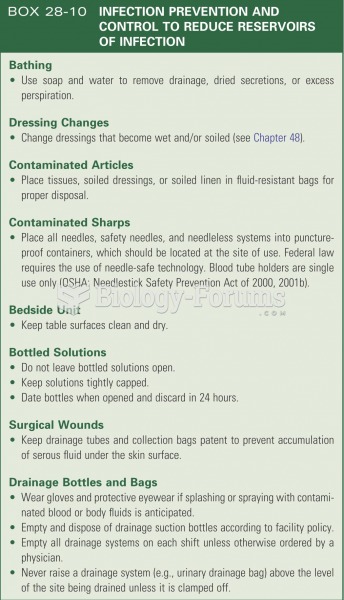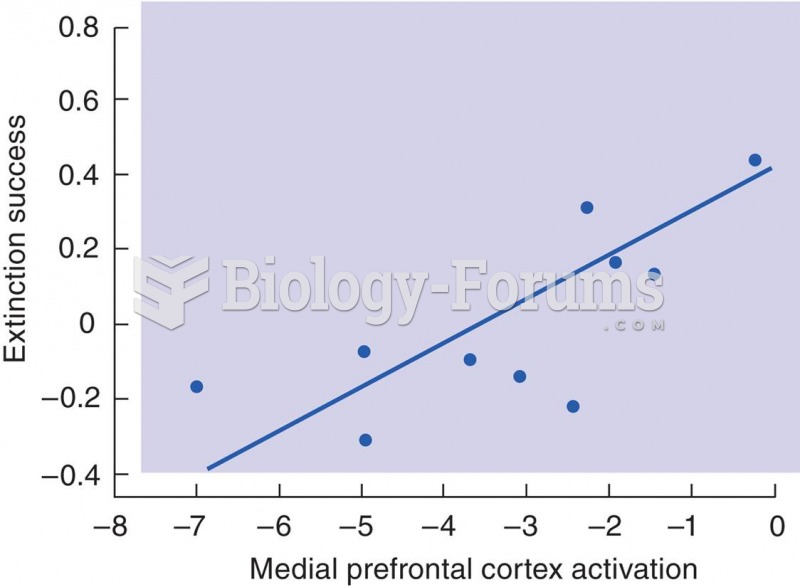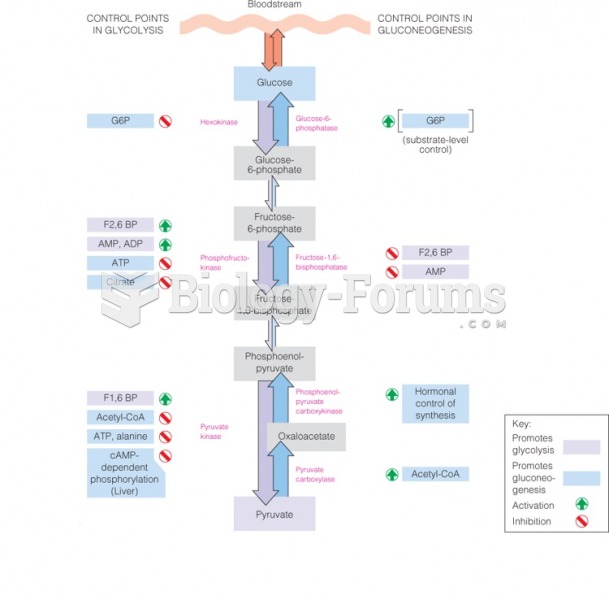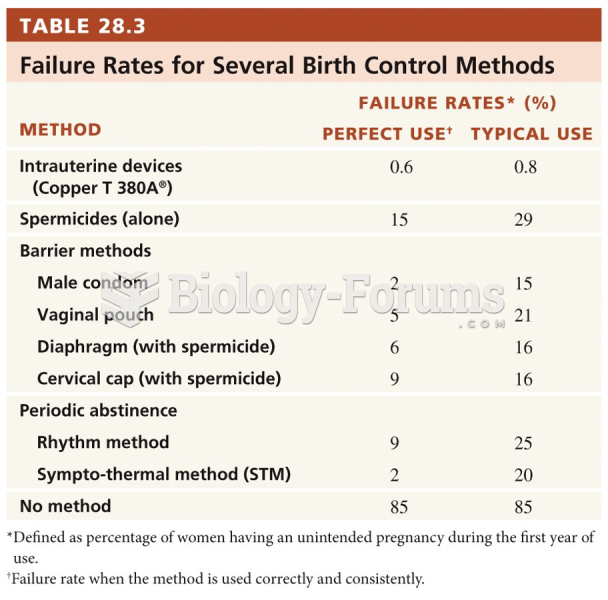Answer to Question 1
Feedback: Owners and managers of firms and factories control workers in several ways: (1) Scientific management breaks work into specialized tasks, with an emphasis on standardization and efficiency. While this does increase profits, it limits workers' skills and makes them highly susceptible to being replaced by machines or cheaper workers. (2) Bureaucratized hierarchies control workers by holding out the possibility of advancement, with more prestigious job titles, higher wages, and greater benefits as one moves up the ladder. Those who hope to be upwardly mobile in the organization must become obedient rule followers who do not question authority. (3) They monitor employee behavior through technology, such as lie detectors, drug tests, psychological tests, telephone taps, closed-circuit television, and two-way mirrors. The most common contemporary technology for worker control is the computer, which can count keystrokes, time phone calls, monitor frequency of errors, assess overall employee performance, and even issue warnings when the employee falls short of the ideal.
Answer to Question 2
Feedback: The Bureau of Labor Statistics supplies the official unemployment statistics. The official government data on unemployment hide the actual amount by undercounting the unemployed in two ways: (1) People not actively seeking work (discouraged workers) are not counted. The Bureau's rationale is that the function of the statistic is to chart fluctuations in the active labor force, not to provide a complete portrait of the jobless. But undercounting joblessness diminishes the perceived severity of unemployment and, therefore, reduces the zeal to do anything about the problem. (2) People who work at part-time jobs are counted as fully employed. If the discouraged workers were counted as unemployed, along with those who work part-time but want to work full-time, then the rate would be much higher than the official rate.







